Why Don't Deer Get Lyme Disease
Why don't deer get lyme disease. While deer host lots of ticks so do other vertebrates including raccoons skunks and white-footed mice. Researchers study tick that is a carrier of infections as encephalitis and Lyme borreliosis. Rick Ostfeld a senior.
While with children under 15 the gender difference is not seen. Awerbuch spoke about her research and the decisions by some communities to allow deer hunting. Also while deer dont transmit the Lyme bacterium to ticksthe smaller mammals do.
While deer absolutely help contribute to the deer tick population and transport those deer ticks to your property they dont spread Lyme disease to the ticks that bite them. Experiments attempting to transmit B. People still talk about deer ticks but there is no such thing.
In fact according to Columbia University eco-epidemiologist Maria Diuk-Wasser theyve found that if a tick bites a deer the tick becomes immune to the bacteria too and no longer spreads the disease. The most common sign of infection is an expanding red rash known as erythema migrans that appears at the site of the tick bite about a week after it occurred. When the deer ticks that carry the bacteria that cause Lyme disease chomp down on a persons skin and spread the bacteria the result is.
Therefore ticks that have used deer as a host do. The rash is typically neither itchy nor painful. Lyme disease also known as Lyme borreliosis is an infectious disease caused by the Borrelia bacterium which is spread by ticks.
Deer themselves do not carry the Lyme disease bacteria but by playing host to adult ticks and carrying these through urban parks such as Richmond Park in London as well as countryside including country gardens they spread the tick eggs which start a new generation. Note that hunting and dressing deer or squirrels may bring you into close contact with infected ticks. Burgdorferi from infected to uninfected laboratory animals by mosquitoes have not been successful.
Other compelling reasons exist for controlling deer populations such as reducing vehicle accidents and increasing forest regeneration. According to William Miller Jr VMD a professor of Dermatology at Cornell Universitys College of Veterinary Medicine Lyme disease is caused by a spiral-shaped bacterium called Borrelia burgdorferi which enters an animals system via the bite of a young tick nymph or an adult female tick.
This explains why there is a gender difference as markedly more females over 30 than males get Lyme although males are predomanently hiking the woods.
Deer themselves do not carry the Lyme disease bacteria but by playing host to adult ticks and carrying these through urban parks such as Richmond Park in London as well as countryside including country gardens they spread the tick eggs which start a new generation. Thats probably VERY TRUE yet if they bring in a tick-naive friend usually female then they WILL get Lyme disease. Although Borrelia burgdorferi-like organisms have been observed in mosquitoes horse flies and deer flies in areas where Lyme disease is endemic these organisms have not been cultured to verify their identity. Adult female ticks need the deer to lay their eggs and for food but the deer do not become infected. Burgdorferi from infected to uninfected laboratory animals by mosquitoes have not been successful. While with children under 15 the gender difference is not seen. Patients may not be presenting with the hallmark Lyme rash that develops after a tick or mosquito bite but often dont recall being bitten which contributes to a high rate of Lyme misdiagnosis. While deer absolutely help contribute to the deer tick population and transport those deer ticks to your property they dont spread Lyme disease to the ticks that bite them. This explains why there is a gender difference as markedly more females over 30 than males get Lyme although males are predomanently hiking the woods.
The connection between Lyme disease and deer is more complicated. On the West Coast the spirochete is carried by Ixodes pacificus or western black-legged tick. The first Lyme vaccine failed Lyme disease is a bacterial disease transmitted through the bite of infected deer ticks also known as black-legged ticks. While with children under 15 the gender difference is not seen. The rash is typically neither itchy nor painful. While deer absolutely help contribute to the deer tick population and transport those deer ticks to your property they dont spread Lyme disease to the ticks that bite them. Thats probably VERY TRUE yet if they bring in a tick-naive friend usually female then they WILL get Lyme disease.



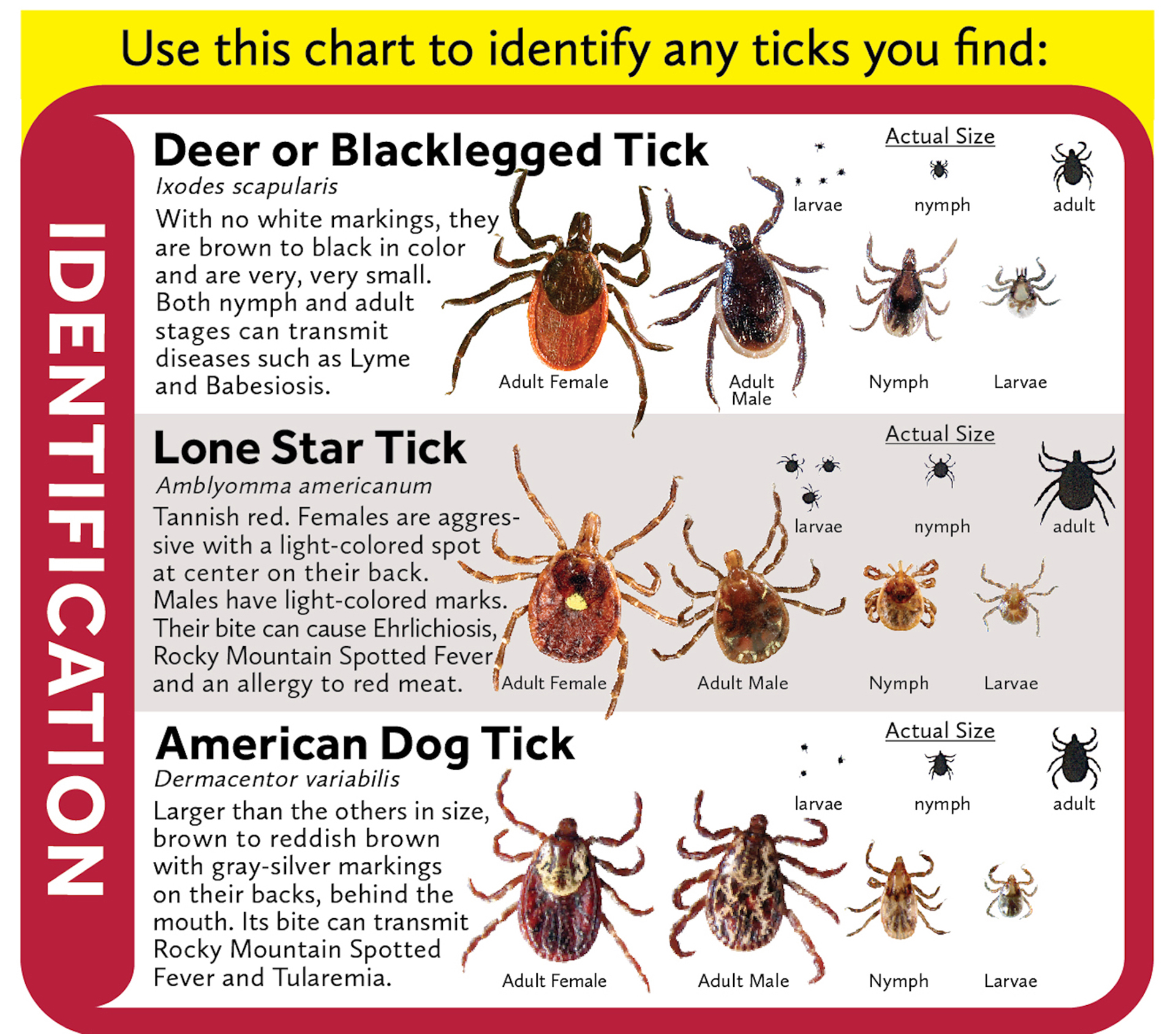


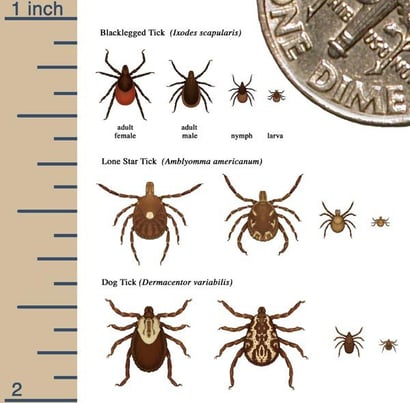


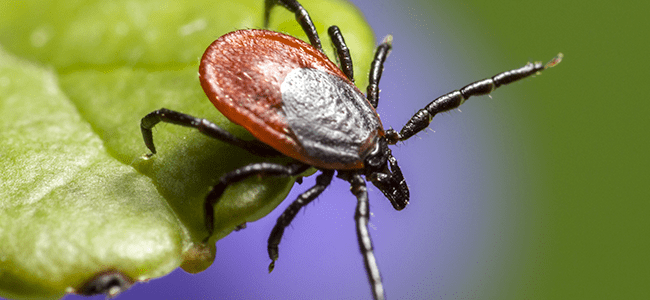
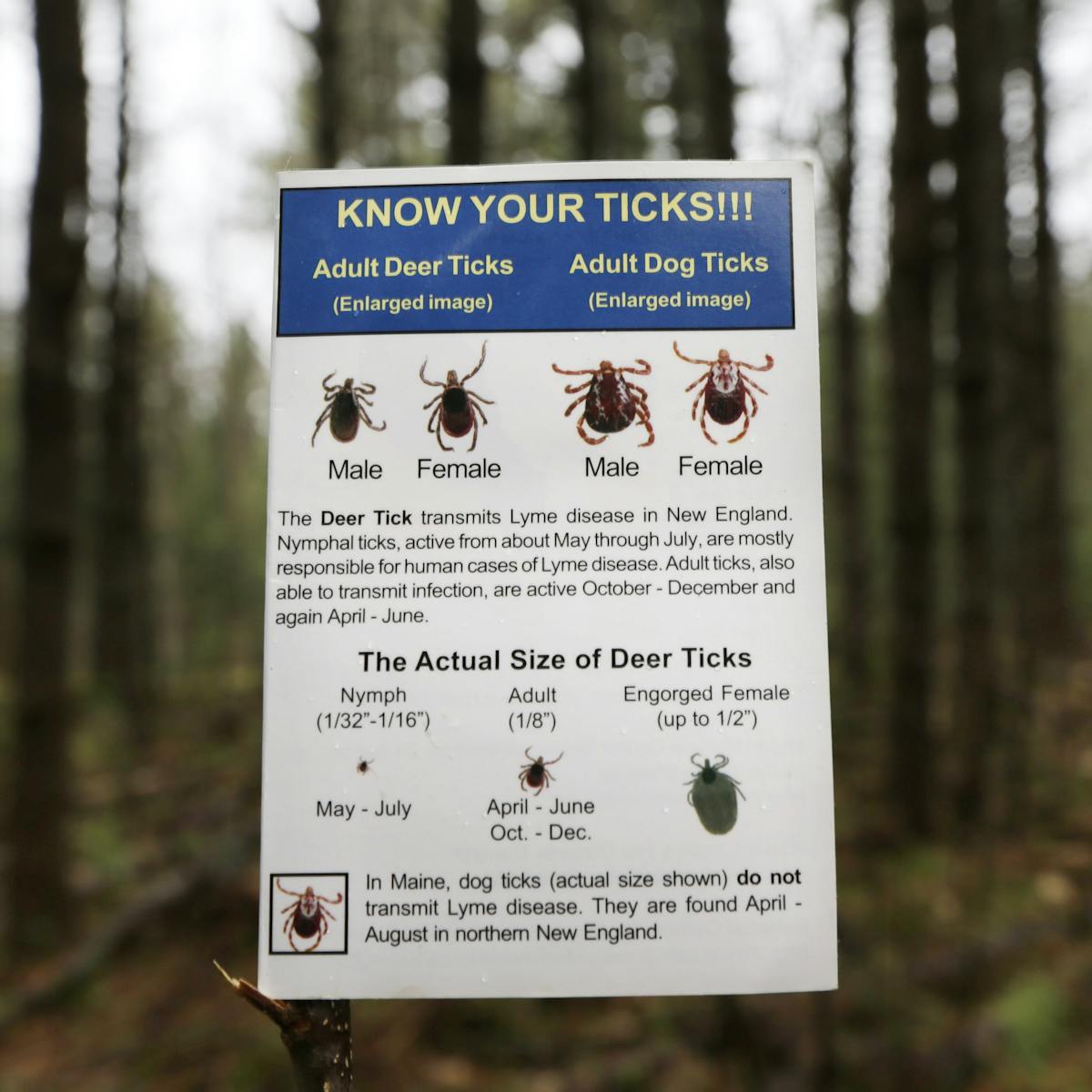



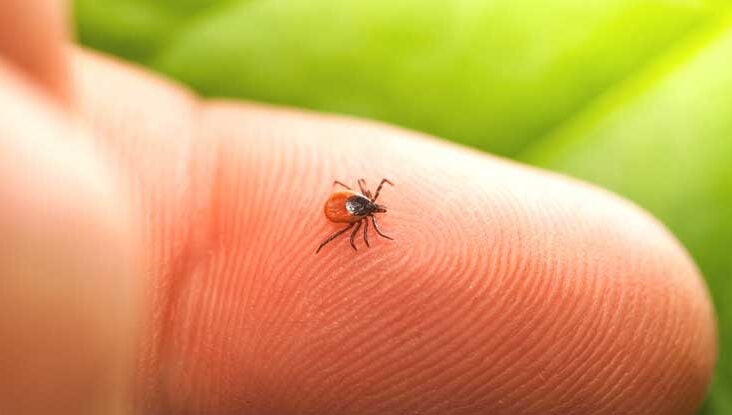


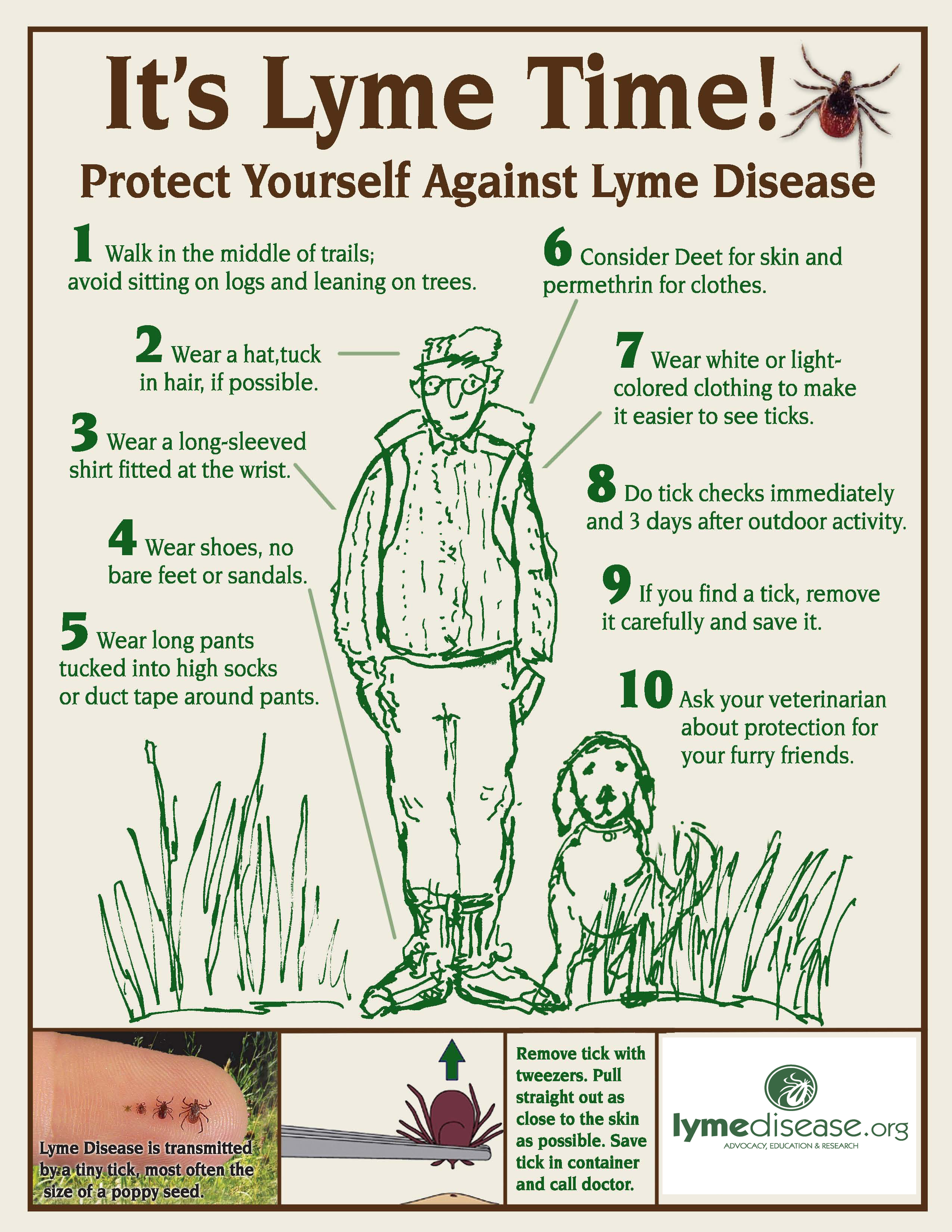





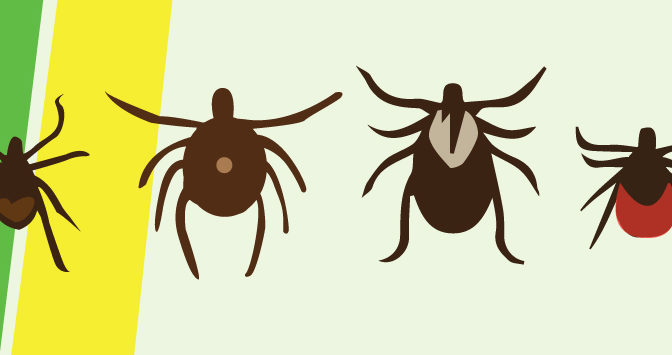









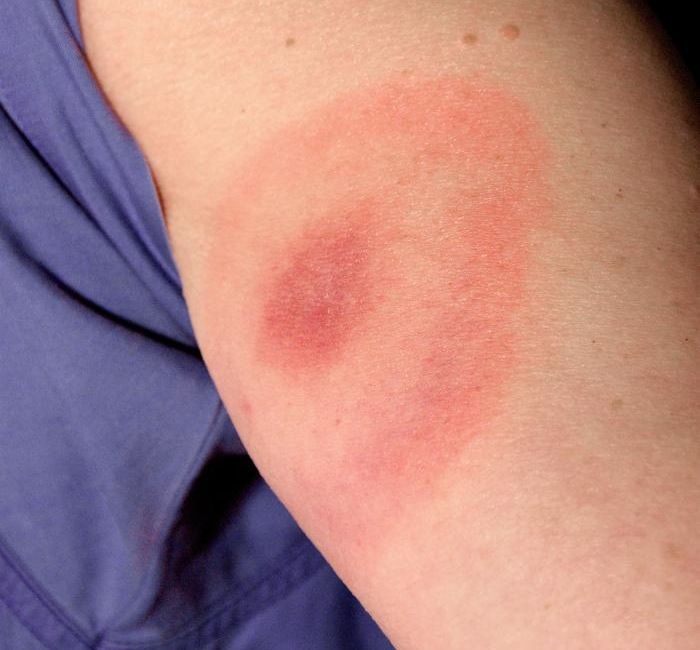
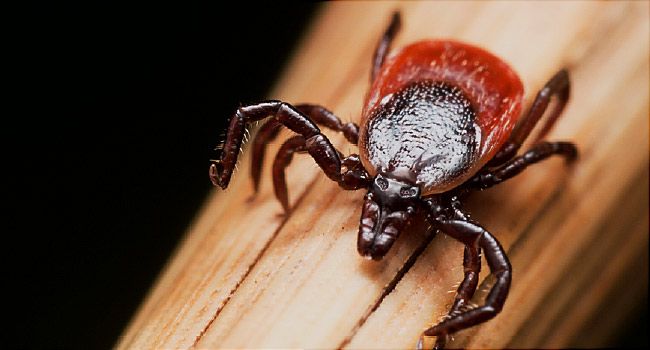




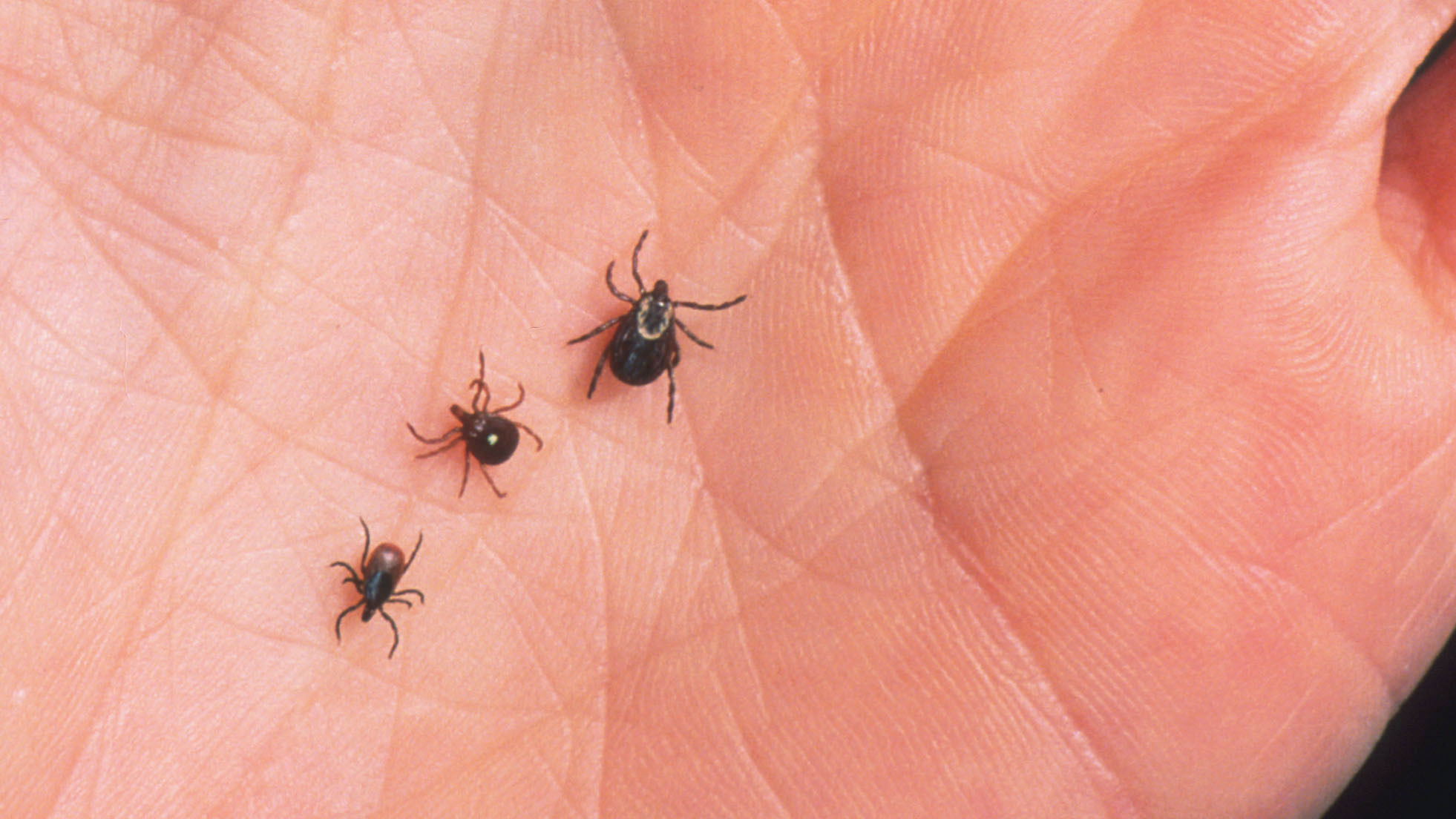

/cdn.vox-cdn.com/uploads/chorus_asset/file/10764855/51093187.jpg.jpg)



Post a Comment for "Why Don't Deer Get Lyme Disease"